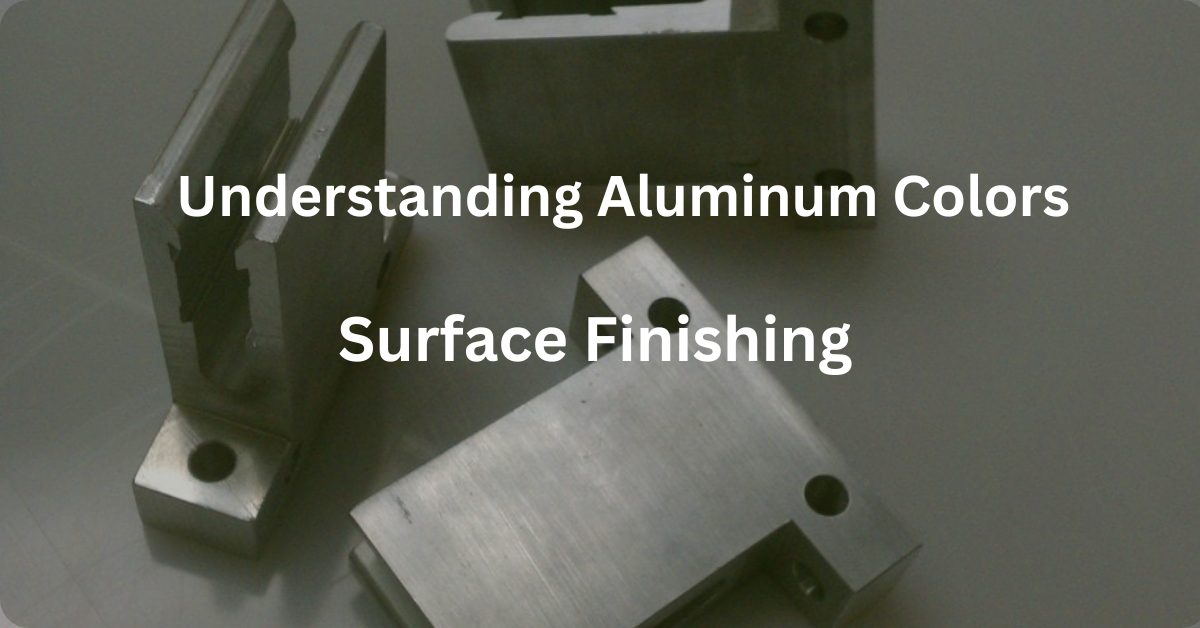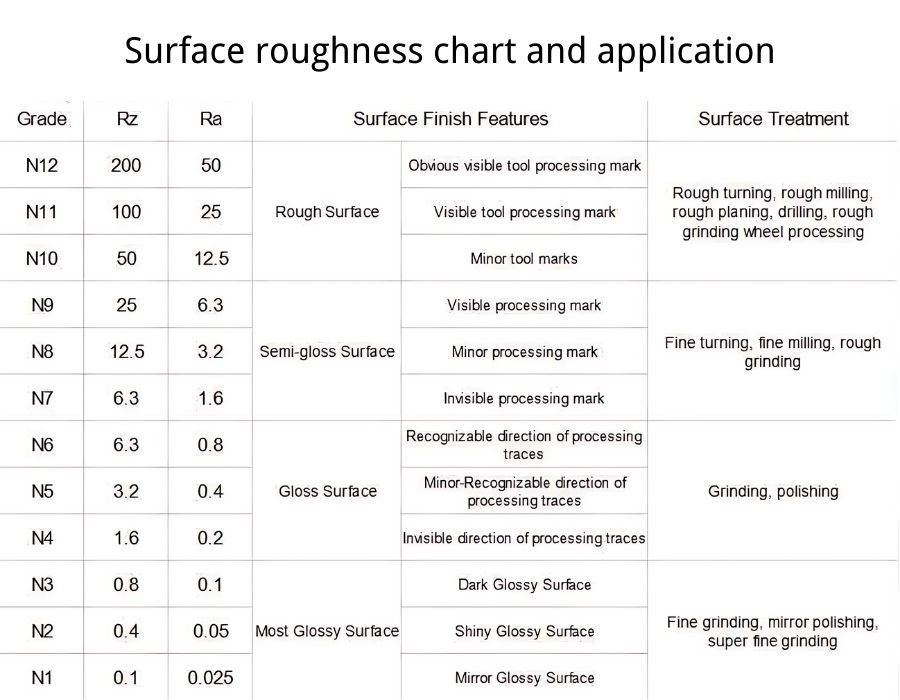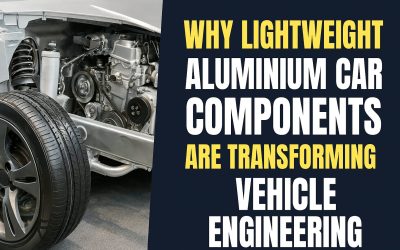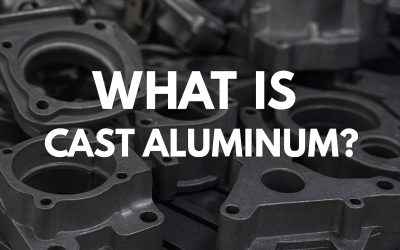Aluminum is itself silver. However, many methods can be used to color it, such as anodizing, powder coating, liquid Paint, and electroplating. Aluminum offers the following surface finishes:
- Mill Finish
- Brushed
- Polished
- Matt or Satin
- Textured
- Wood Grain
This article discusses why your aluminum products need surface finishes, the types of finishes for aluminum, and considerations for effective aluminum finishing. Let’s get to it!
Why Do You Need Surface Finishing for Your Aluminum Products?
A surface finish on aluminum products is important, influencing the final product’s appearance, functionality, and durability. This implies that producers usually adopt diverse kinds of aluminum finishes, which can give parts a uniform coating and different colors.
These coatings also enhance electrical insulation properties, reflectivity, and resistance to wear. Moreover, they could lower friction between the aluminum surface and other interfaces, leading to better overall performance for aluminum parts.
Moreover, for instance, anodizing can obtain a corrosion-resistant surface for aluminum. However, corrosion, moisture, or other contaminants may get into the bad finishes of poorly quality aluminum-made products, such as crevices and cracks. Therefore, smooth, even metal layers are required so that contaminants do not accumulate that would ruin their surfaces.
10 Types of Aluminum Finishes
Product designers and manufacturers use different aluminum part surface finishes. Various aluminum finishes have unique properties and practical uses. Below are some typical types of aluminum finishing.
1. As Machined Finish
The finished state of machined aluminum parts as they come from the mill is referred to as “as-machined” finish. This is free for surface finishing; it is widely used in applications without mechanical or chemical finish specifications.
2. Anodizing
Anodizing is a popular method for treating the surface of aluminum profiles. It involves an electrochemical procedure transforming aluminum surfaces into a long-living, visually appealing, corrosion-resistant oxide layer. This type of aluminum finish provides different coating thicknesses to achieve the desired benefits.
3. Powder Coating
If you need a decorative coating that is also protective, powder coating could be the best aluminum surface finish for your products. An electrostatic process is used to put on a protective coating over the surface of the aluminum before it is cured; this way, solid connections are created.
4. Alodine Finish (Chem Film)
Another good passivation oxide film for Aluminium surfaces is Alodine finish or chem film. It costs less than anodizing and offers enhanced corrosion resistance.
5. Bead Blasting
Bead blasting uses fine glass or steel beads as the abrasive media to apply high pressure onto the surfaces of aluminum products with a bead blaster. As a result, it gives smoother, brighter, and cleaner surfaces.
6. Electroplating
By electrolysis, electroplating is an aluminum finish type of thin metal covering applied on another metal’s surface. It enhances the mechanical, physical and chemical factory of aluminum materials.
7.Polishing
You may need to use the aluminum polishing to make your Aluminum products more durable, visually appealing, and functional. This helps in creating a reflective surface that protects aluminum from corrosion agents.
8. Brushing
Brushing is an example of a mechanical finishing process for aluminum surfaces whereby a textured brush is used on extruded aluminum finishes. This gives the metal a brushed appearance with enhanced resistance to scratches and improved aesthetics.
9. Laser Etching Aluminum
Aluminum laser etching is an efficient way of making deep, permanent marks or engraving on aluminum. This surface treatment for aluminum applies to various industries like aviation and auto.
10.Bright Dipping
Bright dipping is a process used in the finishing of aluminum that produces brilliant polished finishes for parts made up of aluminum. It typically involves immersing aluminum profiles in acid to achieve a glass-like finish.
Different Surface Effects and Styles for Aluminum Finishes
Aluminum alloys are highly customizable according to the requirements of intended applications. The following are the various aluminum surface finishing effects and styles that product designers use.
1.High Gloss
A high-gloss finish results in a smooth surface that is visually appealing and has good light reflectivity. It is shiny regardless of color.
2.Satin
Satin finishes offer a low glossy surface finish, making them the best compromise for aluminum parts that require no specific finish style. It disguises defects efficiently and facilitates cleaning processes.
3.Matte
This style of aluminum surface finishing produces a flat, non-glossy appearance. It easily conceals blemishes such as water spots and fingerprints because it lacks many coats of coating, making it cheaper than others.
4.Metallic
Metallic finishes provide an air of opulence to aluminum items. This type of aluminum finish tends to be less reflective than a glossy one.
Factors to Consider in Choosing an Aluminum Surface Finish
It is important to consider various aluminum finish options to improve the function and appearance of machined components. This section highlights useful things to consider when selecting suitable aluminum surface finishes for your products.
1. Intended Application
You should determine whether these are aluminum parts designed for outdoor or indoor use. Aluminum products made for outdoor purposes usually require specific surface treatment that is resistant to UV radiation, corrosives, and temperature changes.
2. Desired Aesthetics
To select the perfect aluminum surface finish that meets the aesthetic requirements of your aluminum parts well, think about their looks. Different types of aluminum finishing offer an amazing display with many color variations, texture, and shine differences.
3.Cost Implications
Since finishes for aluminum can range considerably in cost, you may want to consider how much money you have available when picking one out for your items.
4. Durability and Maintenance
When selecting a finish that will give you the preferred lifetime, consider the life expectancy of aluminum components. If you want to know what maintenance is required for a particular aluminum surface finish, then it would be good to consider these aspects.
Need Surface Treatments for Your Aluminum Parts?
Whenever you need surface treatment services for your aluminum parts, Aludiecastig is the best manufacturing partner. We offer different types of finishes, including anodizing, brushing, powder coating, and polishing, at affordable prices.
Apart from our expertise in surface treatment, we also offer dependable manufacturing processes like precision CNC machining, 3D printing, die casting, rapid tooling, and sheet metal manufacturing. Our team will work with you closely to understand your project specifications and ensure precision and consistency in production and surface treatments.
Don’t wait! Get connected with Aludiecasting.com now.
Conclusion
The surface finish chart has many options, but if you are looking for a material that enhances your product’s aesthetics, quality, and durability, consider aluminum finishes. Every aluminum treatment has its own merits and can be used on any aluminum profile.
By the same token, it becomes important to select an appropriate finish for your aluminum surfaces. This will determine how long they will last and whether they will resist corrosion, among other factors, which affect how well your parts function.






0 Comments